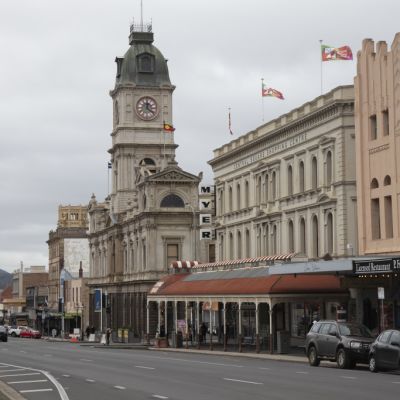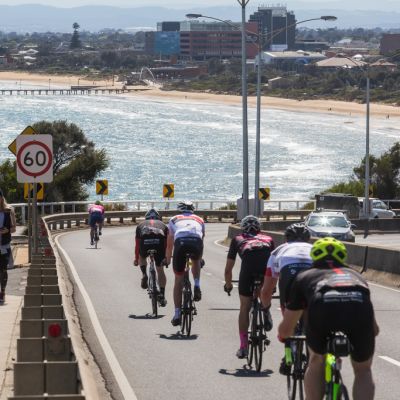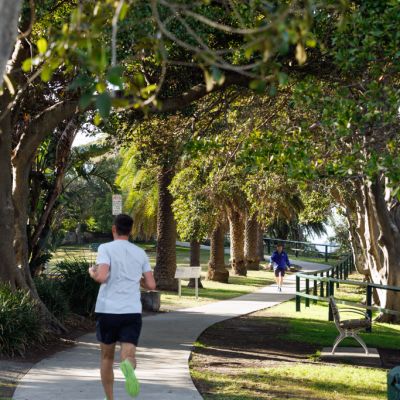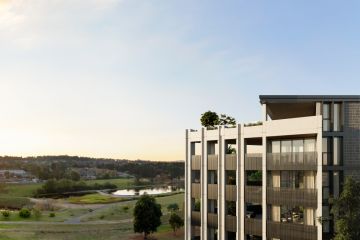Australian cities have been snubbed in walkability rankings and experts aren’t surprised
Australian walkability experts say our cities are far from walkable, affirming the findings of a recent report into walkability around the world.
The Institute for Transport and Development Policy ranked world cities in three measures: closeness to car-free places, closeness to healthcare and education and the smallness of city blocks. The smaller a block, the more direct paths walkers could take to their destinations, the report said.
No Australian city – no, not even the famously liveable Melbourne – made it close to the top for any ranking.
Instead, cities like London, Paris and Bogota made the list for two or more measures.
Distinguished Professor at the RMIT Urban Futures Enabling Capability Platform Billie Giles-Corti said this wasn’t a surprise to her.
“It’s what I would expect, it’s what we’ve been saying,” she said. “It should be a shock to no one and it’s a wake-up call.”
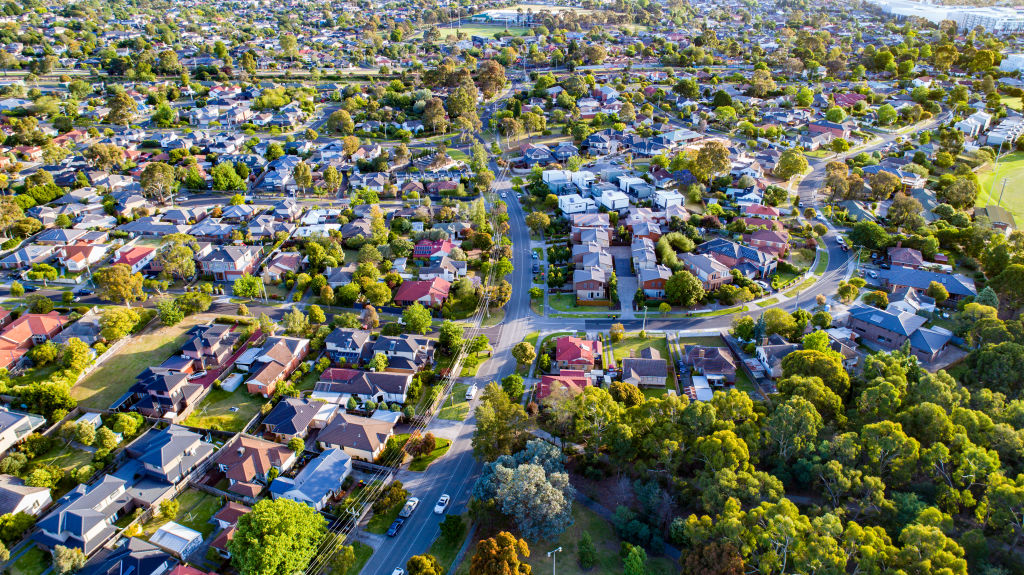
Professor Giles-Corti said being lauded for liveability had made Melbourne complacent, but all cities In Australia were repeating the same mistakes which harmed both walkability and liveability.
“The patterns are the same. The inner part of the cities are great because they were built for walking,” she said. “The urban sprawl is designed for cars not for people.
“We should not assume everyone should drive. Once you get beyond a certain distance from the city then you have to drive everywhere. We decided that and we need to rethink.”
UNSW urban design and landscape architecture lecturer Mike Harris said Australians shouldn’t get too bogged down in these international rankings.
“It’s tricky with all these metrics. We should always aspire to be healthier, more liveable and more walkable places but the important thing is just getting better when compared to ourselves,” he said.
“Some cities actually put in metrics to say: ‘OK, have we gotten better on these metrics when compared to last year?’
“If you can at least get better than the year before, you’re headed in the right direction.”

Professor Giles-Corti said most outer suburbs in Australia lacked three things which could help them move towards walkable, 20-minute neighbourhoods.
“To create a walkable environment you need three ingredients, like making a cake,” she said. “If you don’t have a single one, it won’t work.”
The three ingredients included a connected street network with public transportation options, having places to walk to like shops and restaurants, and sufficient density to service businesses, Professor Giles-Corti said.
For Australian cities to be considered walkable, Professor Giles-Corti said, the benefit needed to be equitable.
“People have started to love their neighbourhoods. There is a real opportunity to do things differently and place in cycling infrastructure. It’s not just for Fitzroy, we should do it in Wyndham Vale [a fringe suburb] too,” she said. “We could be a truly liveable city by being a collection of neighbourhoods.
“That will mean [fringe suburb residents] don’t have to have two cars, they can have one car.”
Dr Harris said while cycling wasn’t walking, promoting its uptake would ease the need for cars and promote walking in the long run.
“They’re not the same but they’re very, very linked,” he said. “Cycling is closer to walking than it is to driving.
“A lot of the benefits of walkability aren’t just to the person walking or riding but it’s also to the neighbourhoods. It provides life to the streets from passing people than cars don’t.”
Density and the types of transport and housing available would also be a change, she said.
“We need governments and planners to plan better. We need the transport sector to stand up and the building industry to step up to build a product attractive to the Australian consumer,” Professor Giles-Corti said. “Not everyone needs to be living in dense housing. But we need more variety of housing products.
“At the moment we’re doing 16 dwellings per hectare. We need to get up to about 25. It’s not that hard.”
Dr Harris said those walking or cycling by were more likely to support businesses in their area.
We recommend
We thought you might like
States
Capital Cities
Capital Cities - Rentals
Popular Areas
Allhomes
More
